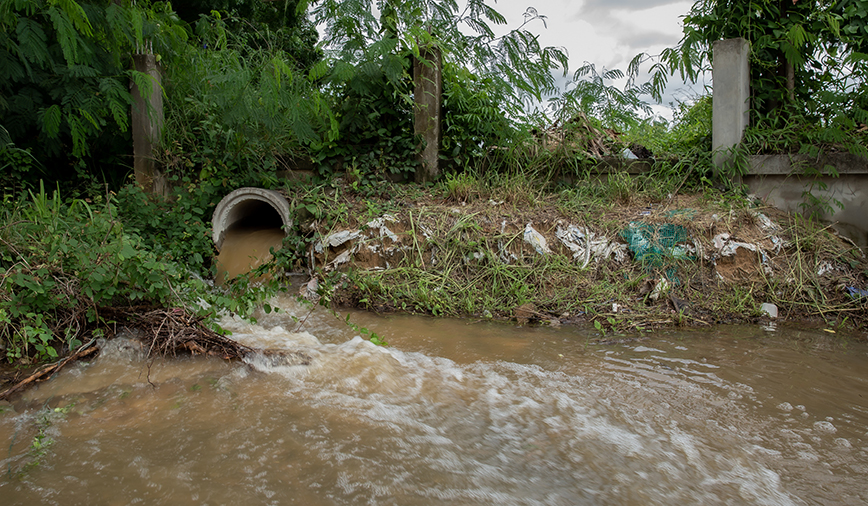St. Charles Park District Nature News – May 29
Boy, talk about a time warp.
Last week’s headlines about people dumping chemicals into the Fox River read like something out of the 1960s, when the idea of watershed health was still in its infancy. The Clean Water Act had yet to be passed, and waterways like the Fox were still largely regarded as free, open-to-the-public, 24-hour dumps.
Thankfully, we’ve come a long way since that era of environmental negligence. Or have we? Was the recent incident, in which two individuals poured an unknown quantity of
Storm drains, in a way, provide a seemingly guilt-free gateway for anyone who needs to “get rid” of anything that can be poured, or pushed, into them. I’ve seen the greasy splash marks of motor oil around the edges of drains, and found disposable diapers and dog poop shoved through the grate. Whoosh, splat…out of sight, out of mind, right?
The trouble is, anything other than
I can’t tell you how many people I’ve run into who don’t realize that our surface water is that vulnerable. Through conversation, though, it usually comes out that there’s confusion over just what that grate in the street really is. Often, these inlets are referred to as “storm sewers,” which implies that the water—or whatever—heading down them gets treated somewhere along the way. However, in case I haven’t mentioned this enough…it doesn’t.
Compounding the problem of people polluting our water are the properties of water itself. It’s fluid. It flows. Any sort of mess that ends up in water isn’t going to stay in one place for very long. For the person doing the dumping, that’s a good thing. But for the rest of us, the trouble may be just beginning.
The chemical in the South Elgin incident was identified as alkylbenzene sulfonic acid, an anionic surfactant. More simply put, it’s the stuff that gives the detergents the ability to clean away dirt.
As reported in The Chronicle earlier this week, sewage treatment plants can remove most traces of alkyl benzene sulfonic acid from wastewater. But—in case we need to mention this one more time—no treatment occurs to substances poured down storm drains. The alkylbenzene sufonic acid in South Elgin traveled down a pipe, made its way into a creek, then bubbled its way to the Fox, killing fish, frogs and snakes—as well as countless invertebrates like insects and crayfish—along the way.
This time, thanks to some alert residents, we dodged a bullet. The mess has been cleaned up and, though the fish, frog and snake populations took a hit, no human lives were lost. But until we change people’s way of thinking, there’s no guarantee that such incidents— maybe even worse—won’t happen again.
Pam Otto is the manager of nature programs and interpretive services for the St. Charles Park District. She can be reached at potto@stcparks.org or 630-513-4346.

